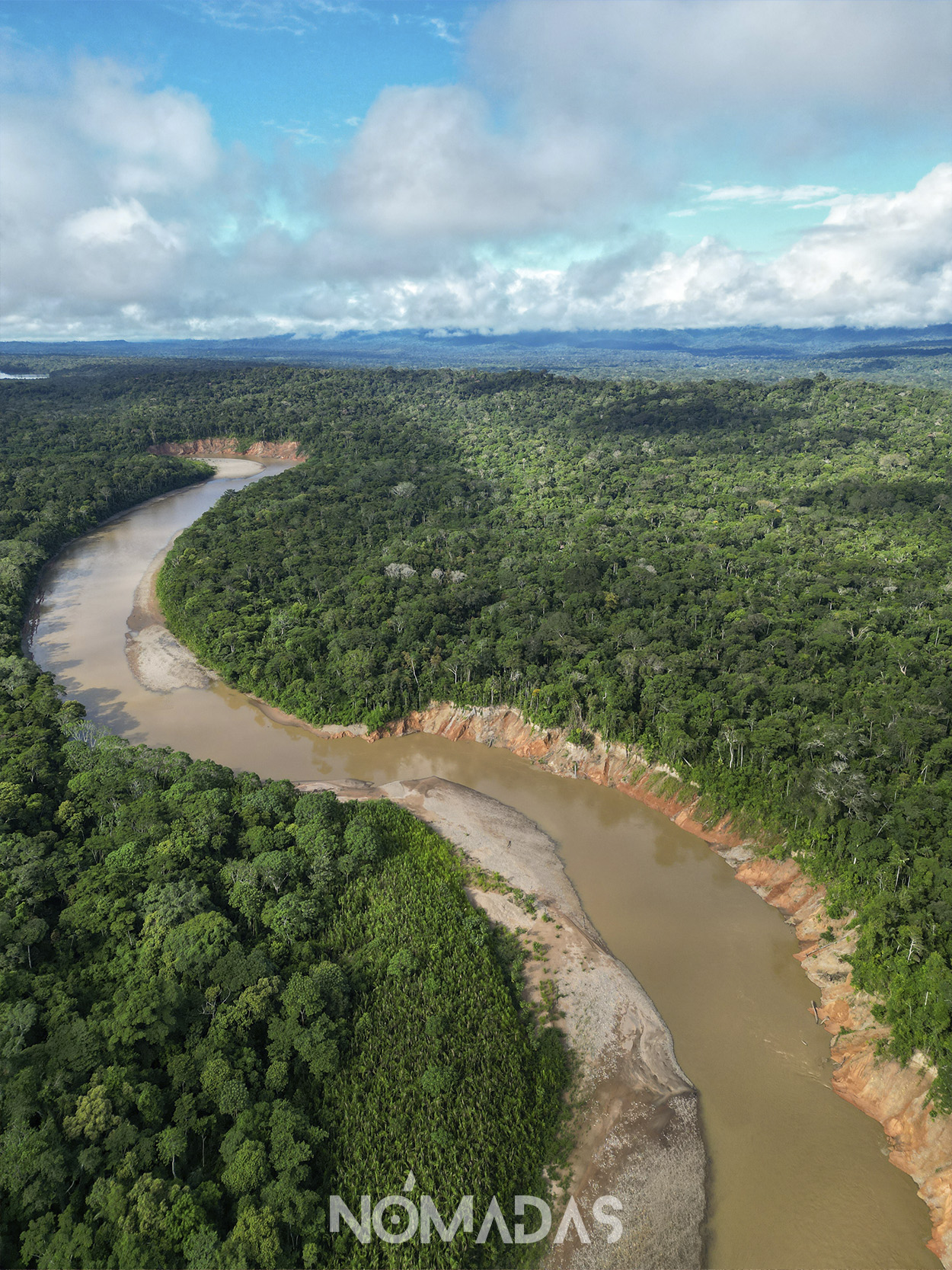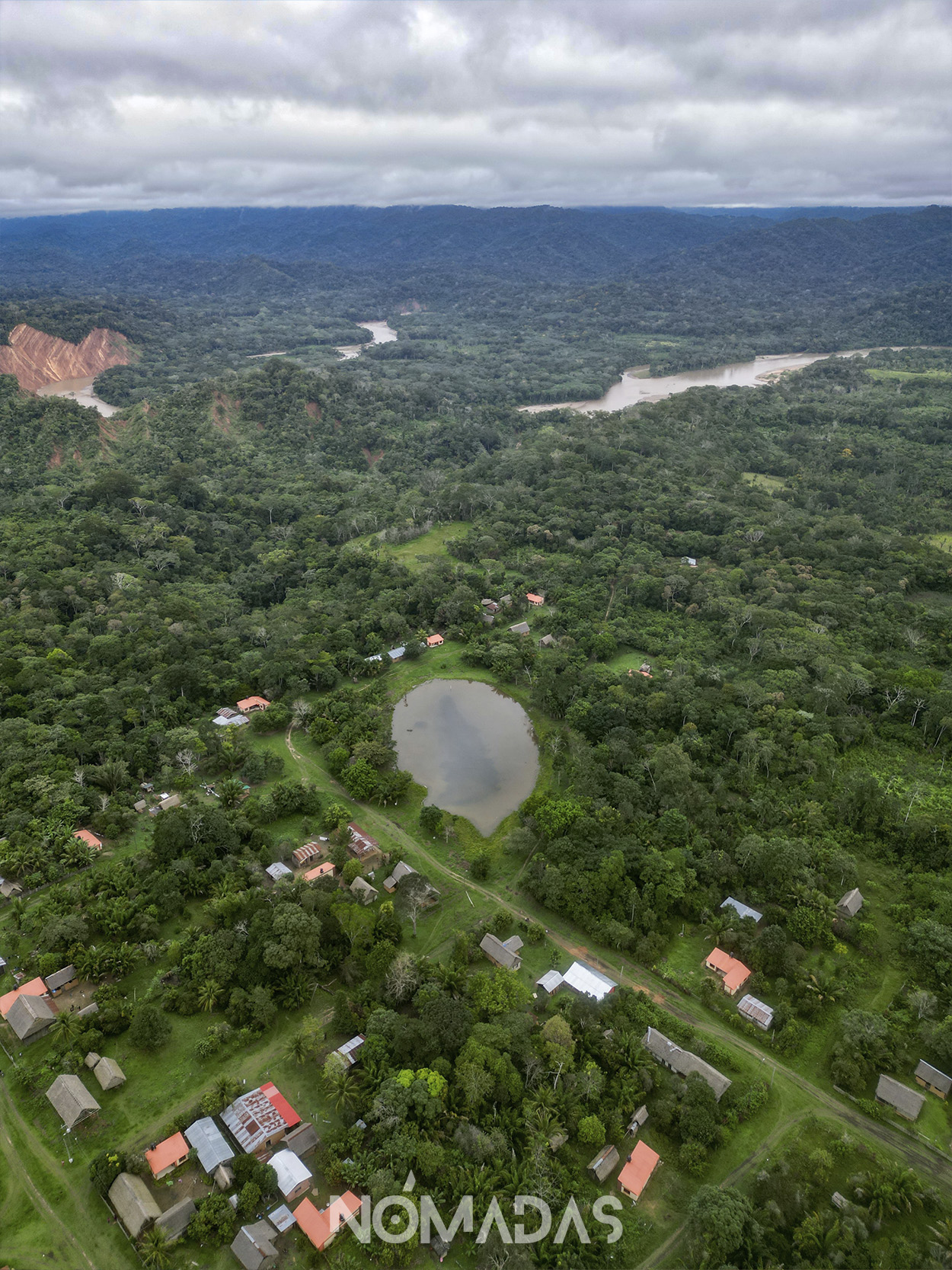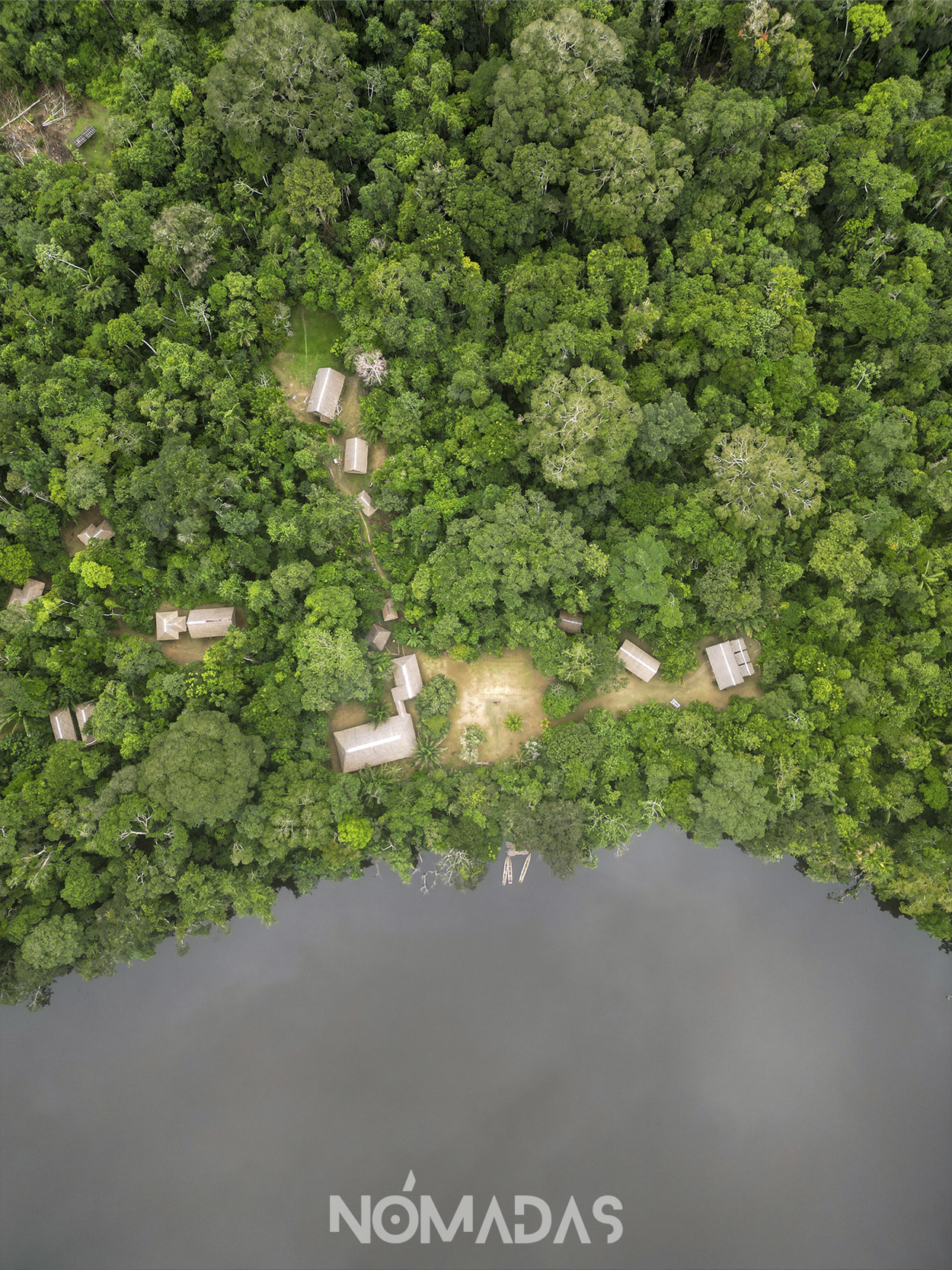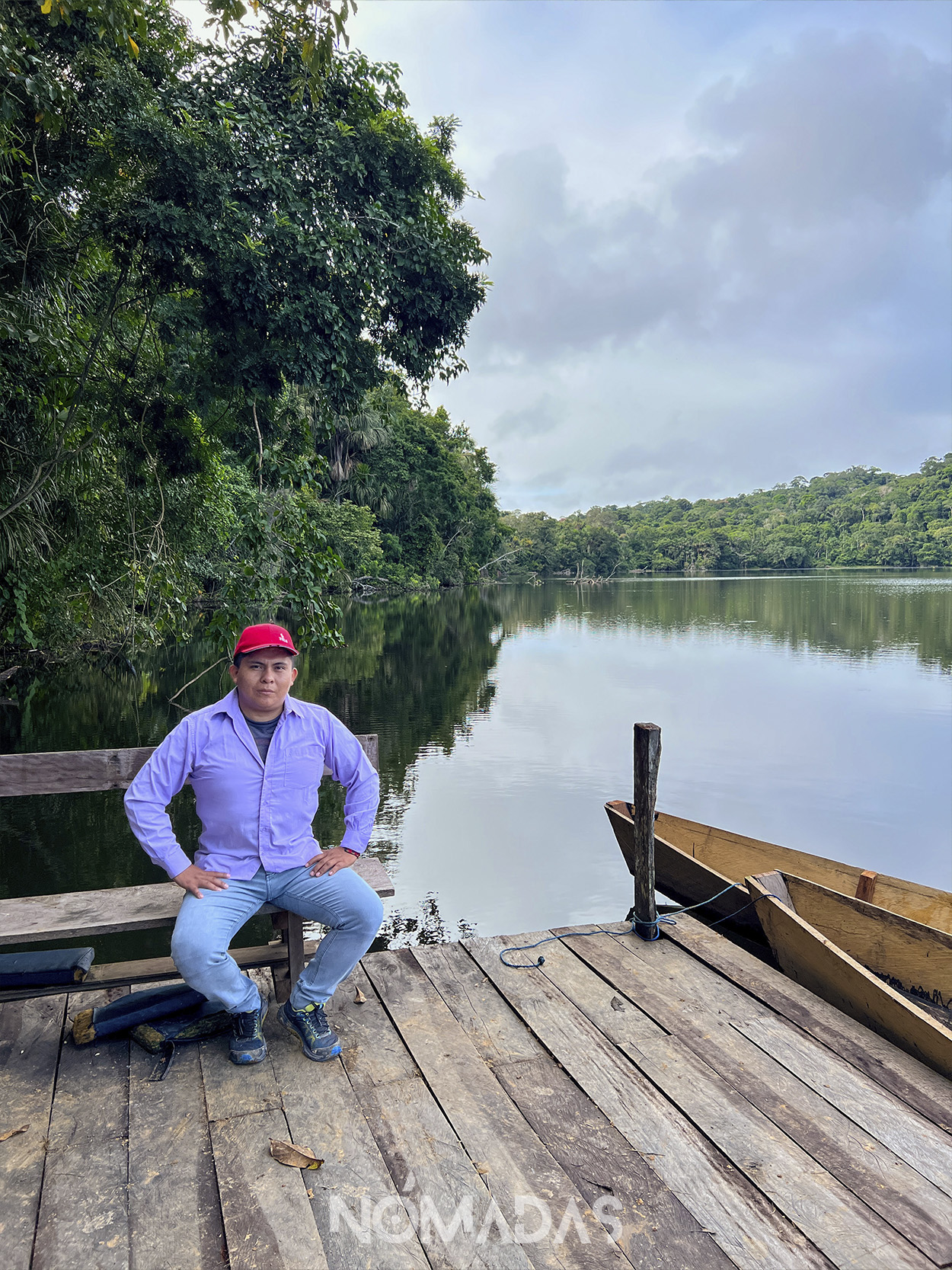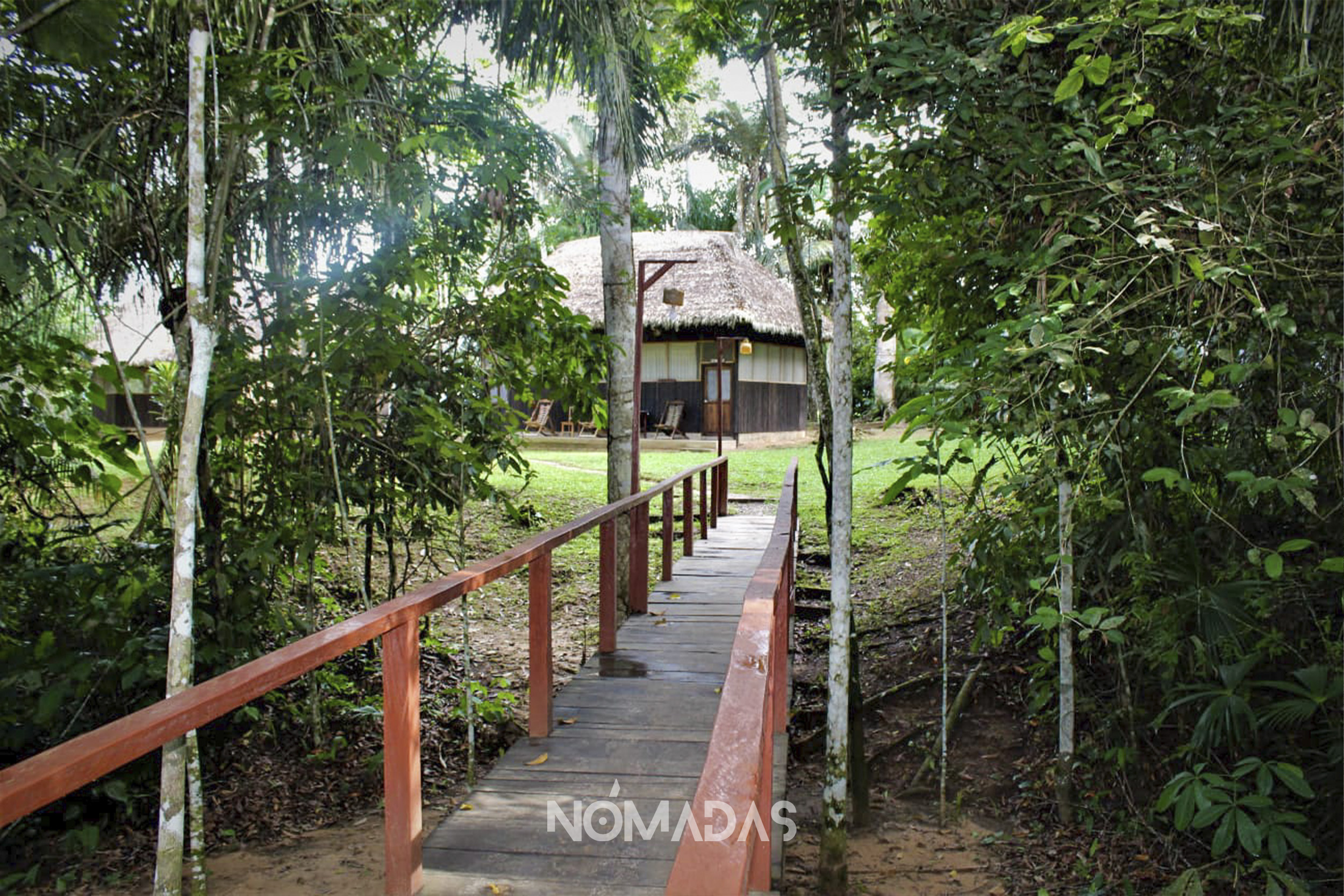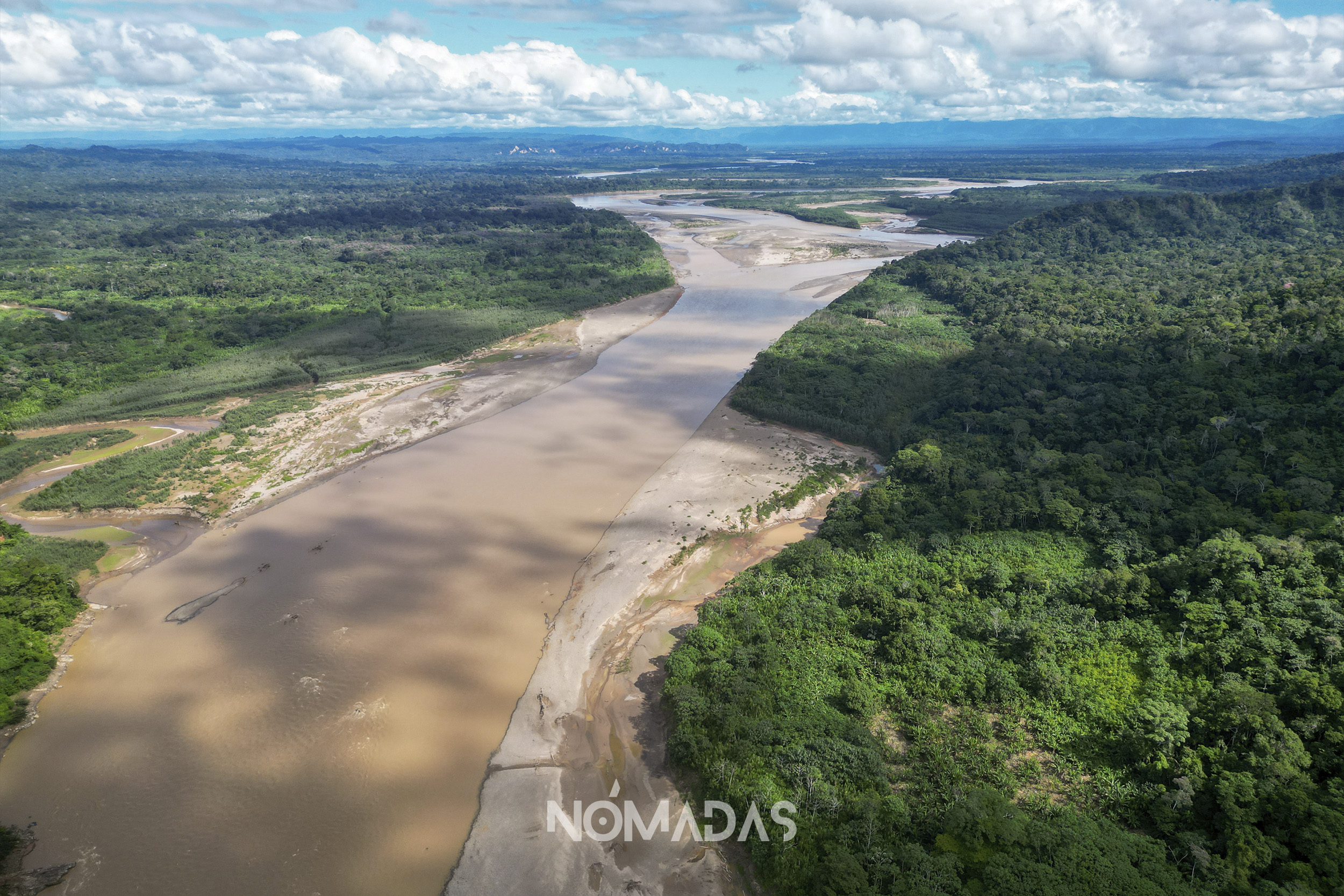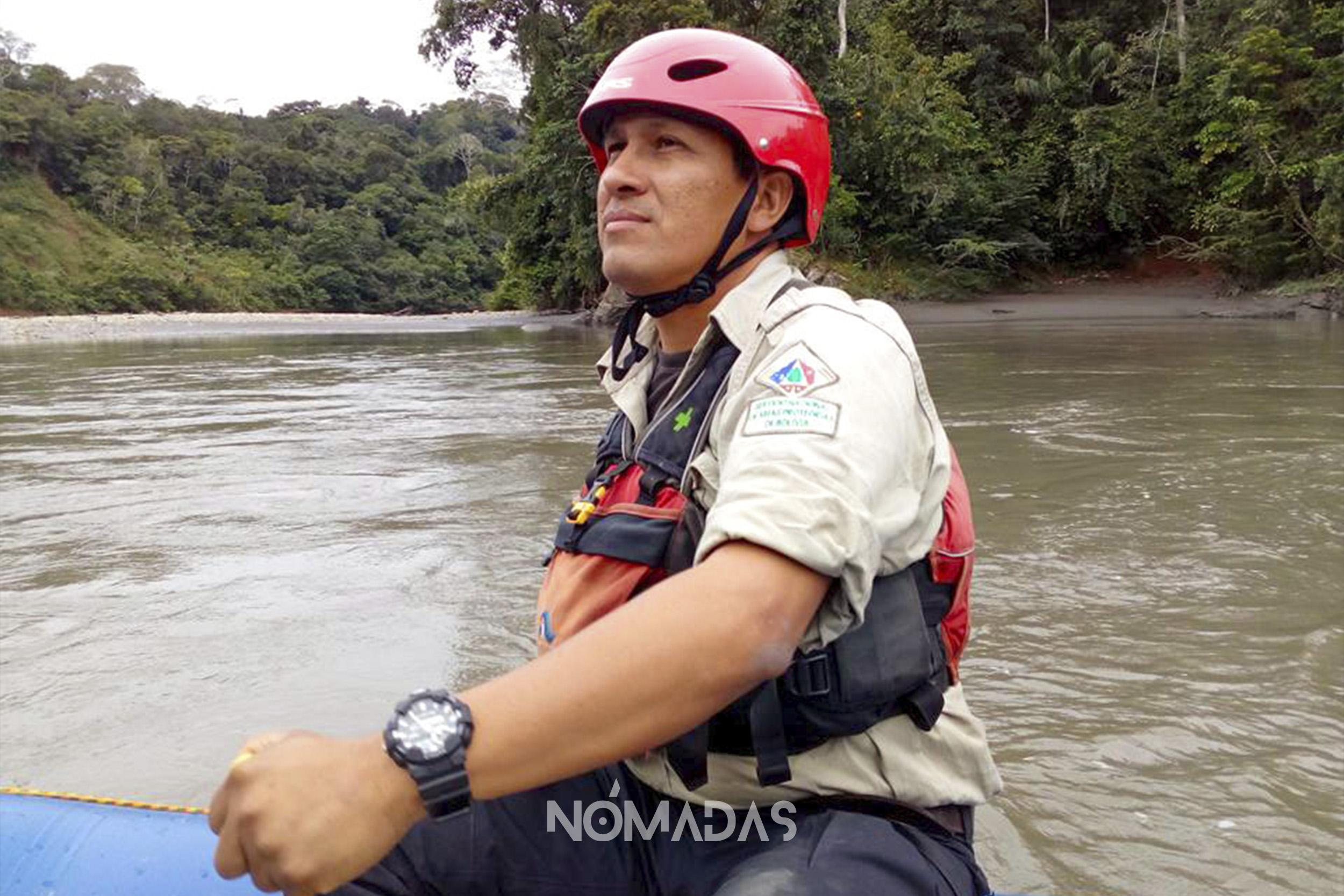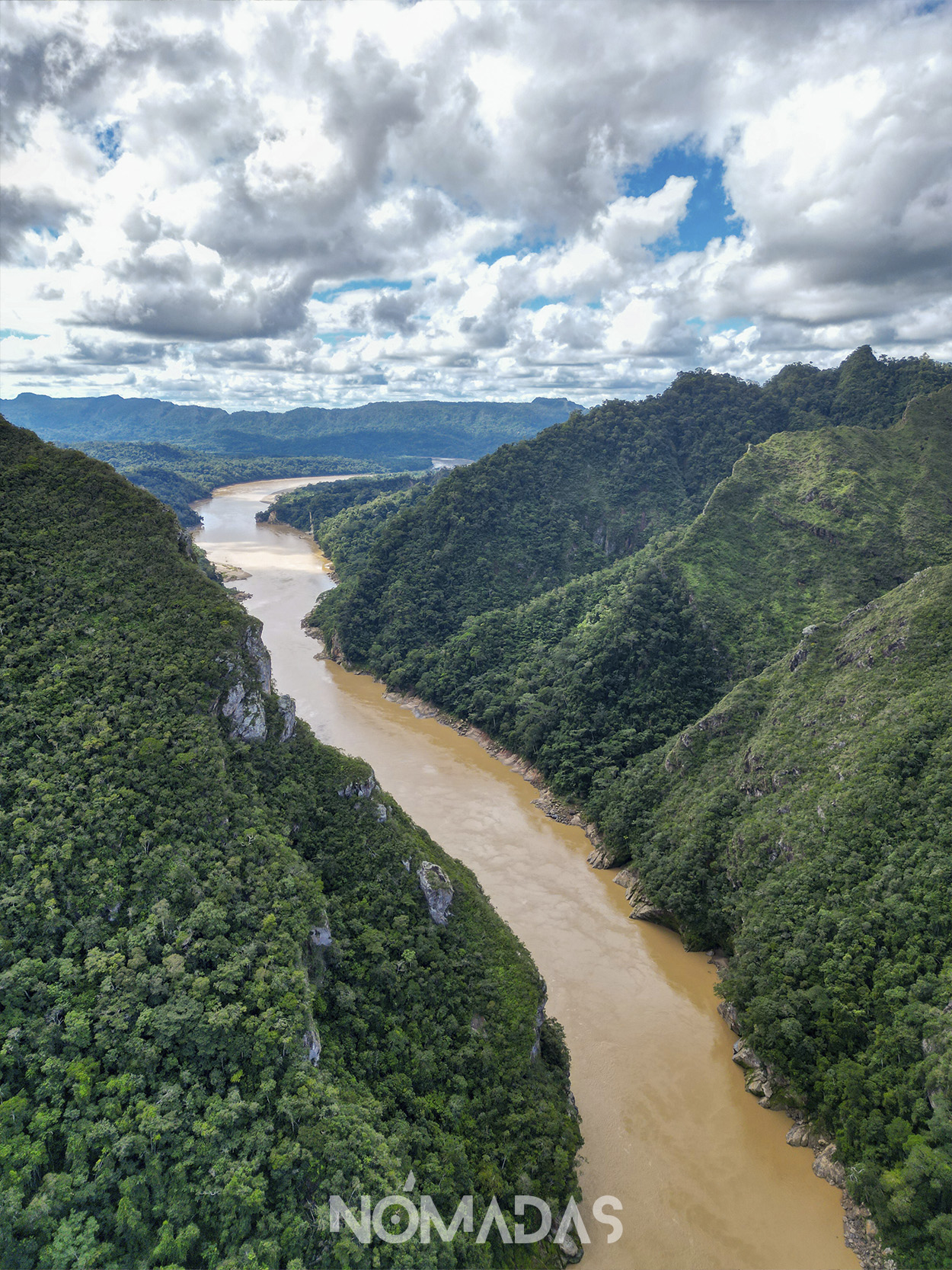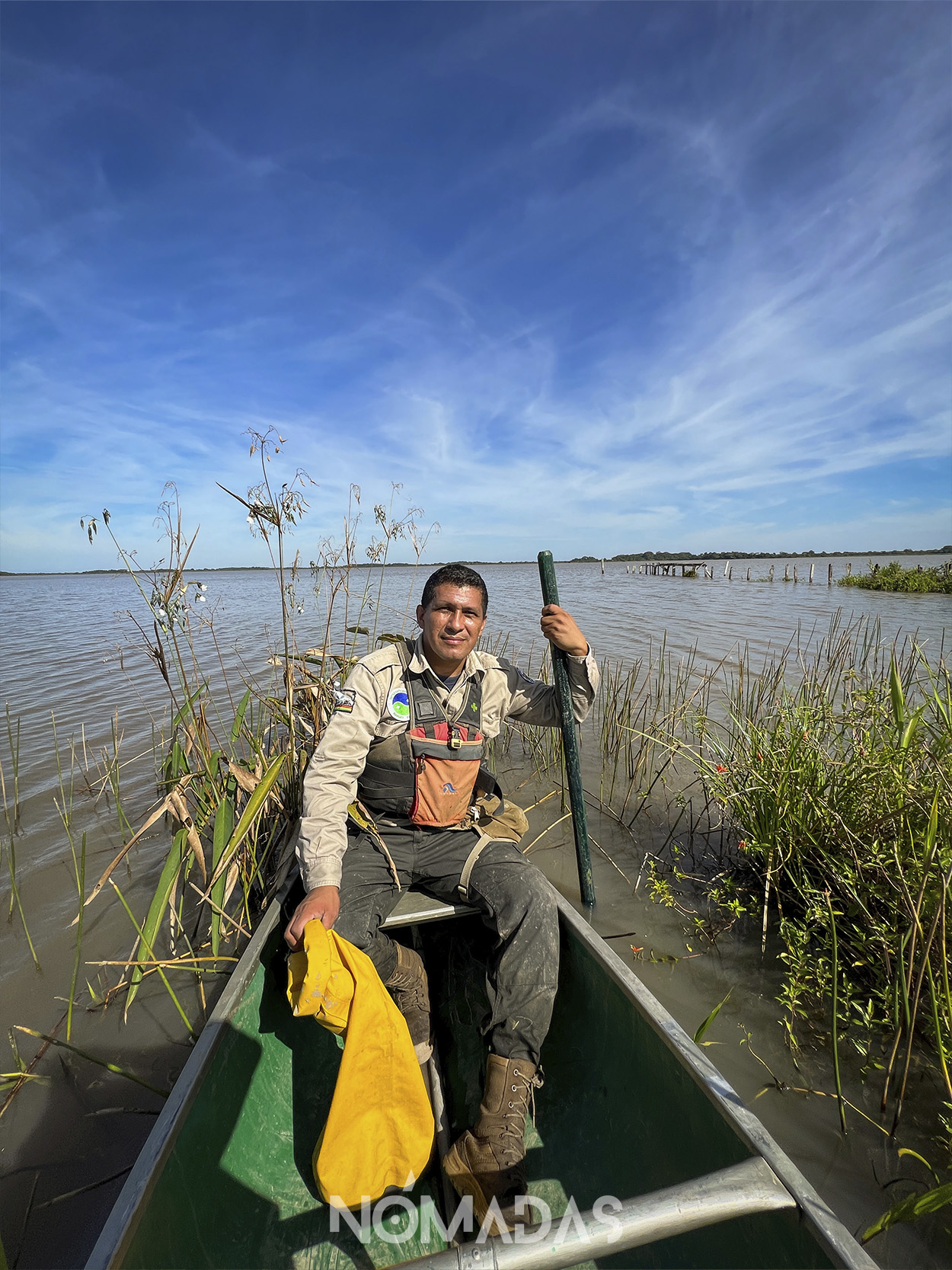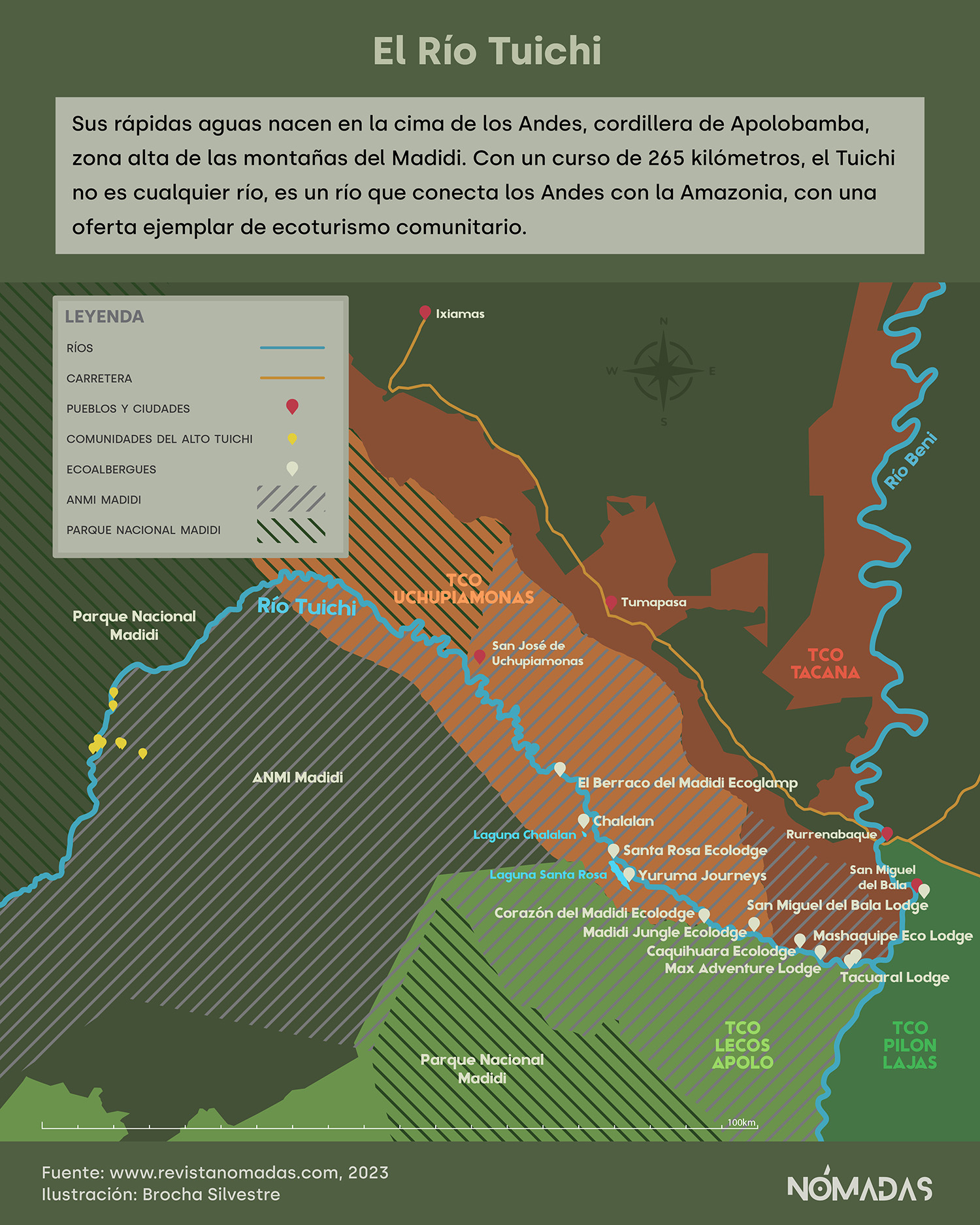This story excerpt was translated from Spanish. To read the original story in full, visit Revista Nómadas. You may also view the original story on the Rainforest Journalism Fund website. Our website is available in English, Spanish, bahasa Indonesia, French, and Portuguese.
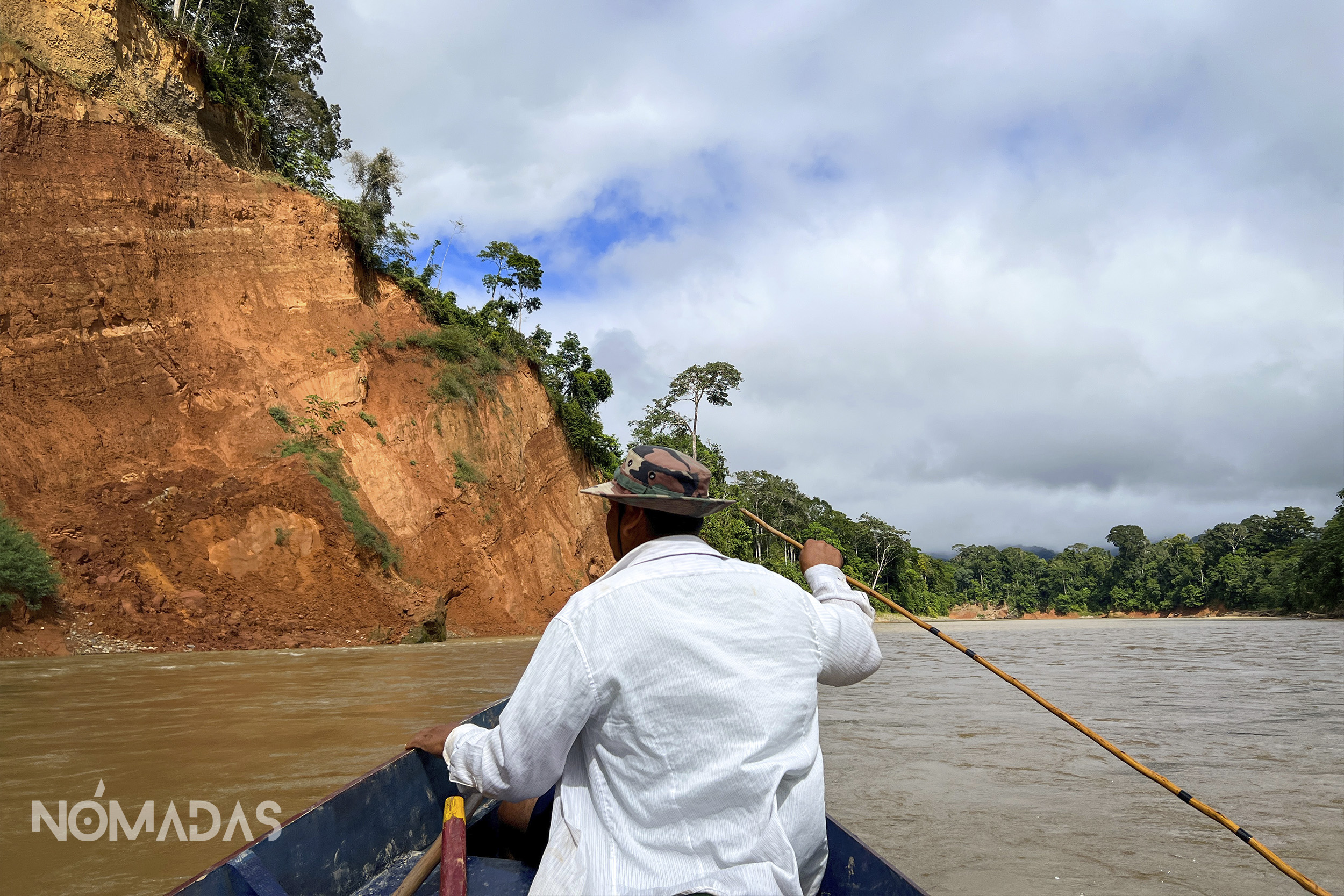
The Tuichi River is not just any river, its force with untamed waters descends from the Andes to the Amazon, and in a tour makes you recognize the greatness of hearing a river roar. Its waters are the intestine of the Madidi National Park, the most biodiverse territory in the world, and also home to protectors with the soul of a river who work to keep the stream of life that gave birth to them healthy.
Jhorlan never imagined leading an ecolodge, especially after becoming a petroleum engineer. But today he faces the biggest challenge of his life, to continue the legacy that his father, Martin, built in life, working to conserve and respect nature. Jhorlan is now president of the board of Chalalan, a historic ecolodge built by indigenous people in the dense Bolivian Amazon forest within the Madidi National Park, a green universe of almost 2 million hectares, recognized as the most biodiverse territory in the world.
Its extraordinary biological and ecosystem richness is home to 1,830 confirmed vertebrate species, 5,535 plant species, 1,809 species and subspecies of butterflies, making it the refuge of the greatest diversity of wildlife confirmed by science. Madidi is home to 3% of the world's higher plants, 3.7% of the world's vertebrates and almost 10% of the birds that fly the skies. This Amazonian fragment is crucial for the balance of the entire planet Earth.

As a nonprofit journalism organization, we depend on your support to fund more than 170 reporting projects every year on critical global and local issues. Donate any amount today to become a Pulitzer Center Champion and receive exclusive benefits!
The Madidi National Park and Madidi Integrated Management Natural Area (PNANMI Madidi) is home to 31 communities of Tacana, Leco and Quechua origin, with a population of nearly 4,000 inhabitants. The Madidi area overlaps entirely with the Uchupiamonas Communal Territories of Origin (TCOs) and partially with the Tacana I, Lecos de Apolo and Lecos de Larecaja TCOs.
